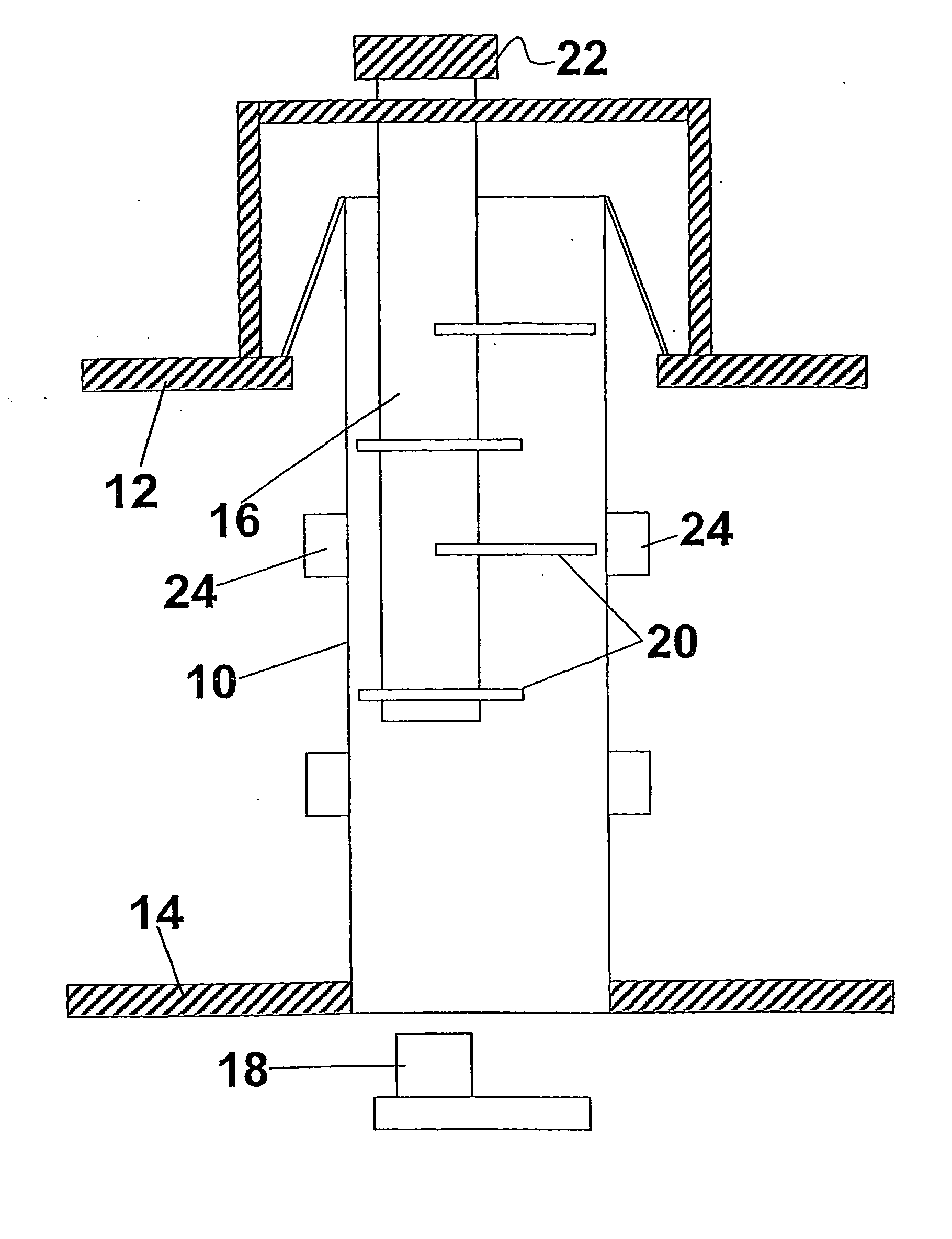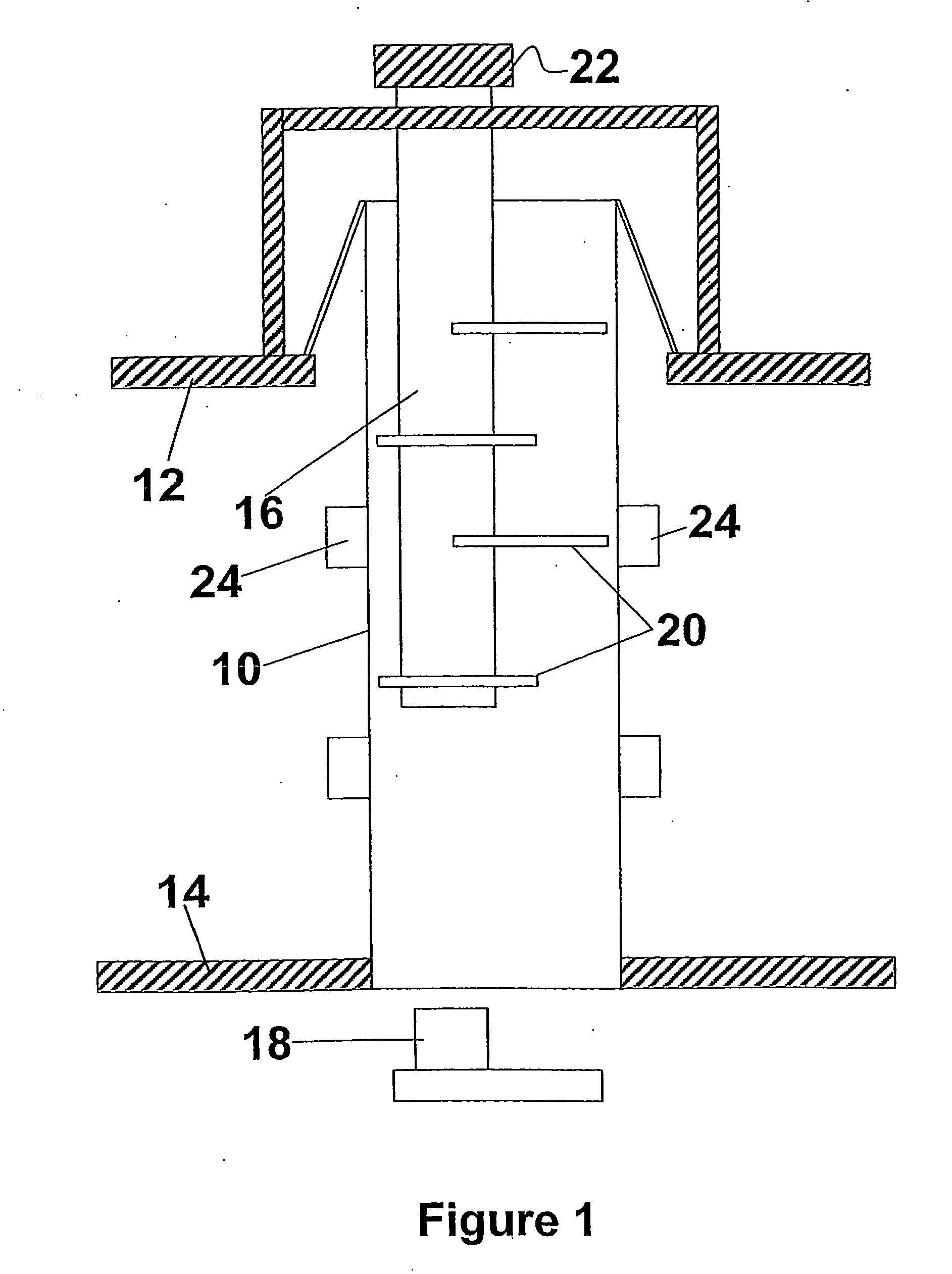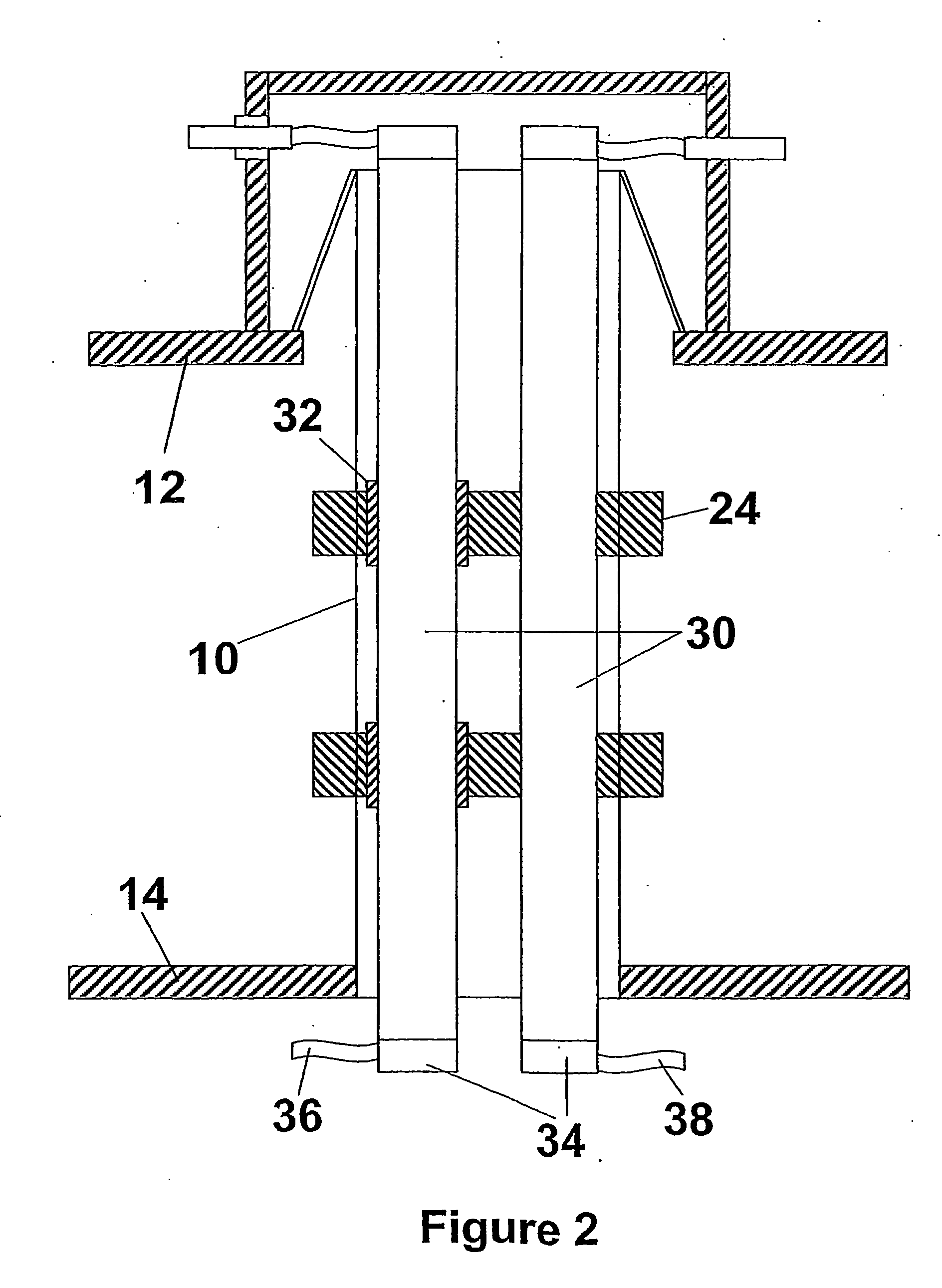Cryogenic assembly
a technology of cryogenic assembly and assembly body, which is applied in the direction of superconducting magnets/coils, gas/liquid distribution and storage, lighting and heating apparatus, etc., can solve the problems of helium boil-off, service operation is considered problematic, and become resistive, so as to reduce the pressure difference in the neck, improve the contact between components and cooling fluids, and reduce the heat load on the effect of components
- Summary
- Abstract
- Description
- Claims
- Application Information
AI Technical Summary
Benefits of technology
Problems solved by technology
Method used
Image
Examples
Embodiment Construction
[0025] There will now be described, by way of example, the best mode contemplated by the inventors for carrying out the invention. In the following description, numerous specific details are set out in order to provide a complete understanding of the present invention. It will be apparent, however, to those skilled in the art, that the present invention may be put into practice with variations of this specific.
[0026]FIG. 3 shows a schematic representation of a cryostat for a whole body magnetic resonance imaging device which operates at superconducting temperatures. There is a liquid helium vessel 40 which encloses a superconducting magnet 44. A service neck 42 is provided to enable access to the magnet.
[0027] Referring now to FIG. 4, there is shown a first embodiment of the invention. Service neck 50 is provided between the outer walls 12 of a cryostat and the walls 14 of a helium vessel. Electrical cabling wires 56 and 58 connect with the terminals of a magnet (not shown). Two d...
PUM
| Property | Measurement | Unit |
|---|---|---|
| transition temperature | aaaaa | aaaaa |
| transition temperature | aaaaa | aaaaa |
| temperature | aaaaa | aaaaa |
Abstract
Description
Claims
Application Information
 Login to View More
Login to View More - R&D
- Intellectual Property
- Life Sciences
- Materials
- Tech Scout
- Unparalleled Data Quality
- Higher Quality Content
- 60% Fewer Hallucinations
Browse by: Latest US Patents, China's latest patents, Technical Efficacy Thesaurus, Application Domain, Technology Topic, Popular Technical Reports.
© 2025 PatSnap. All rights reserved.Legal|Privacy policy|Modern Slavery Act Transparency Statement|Sitemap|About US| Contact US: help@patsnap.com



